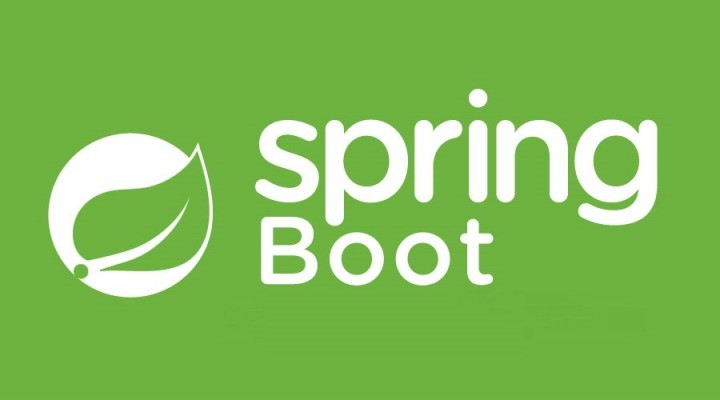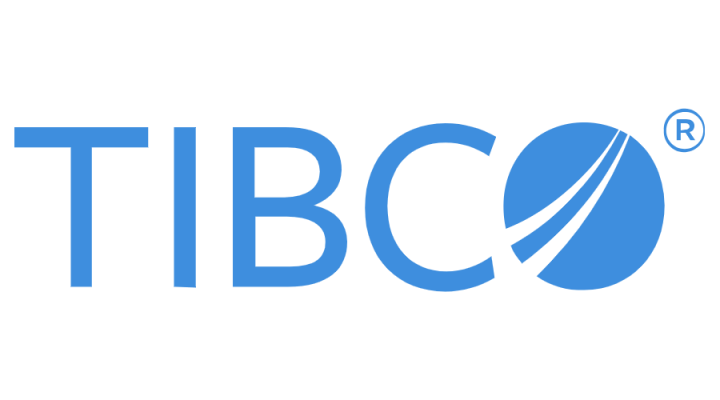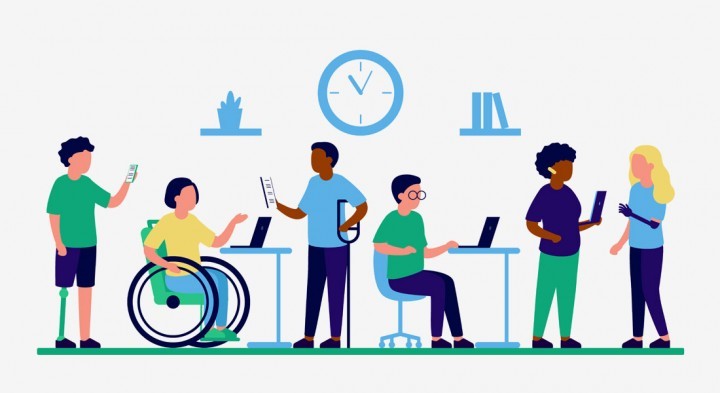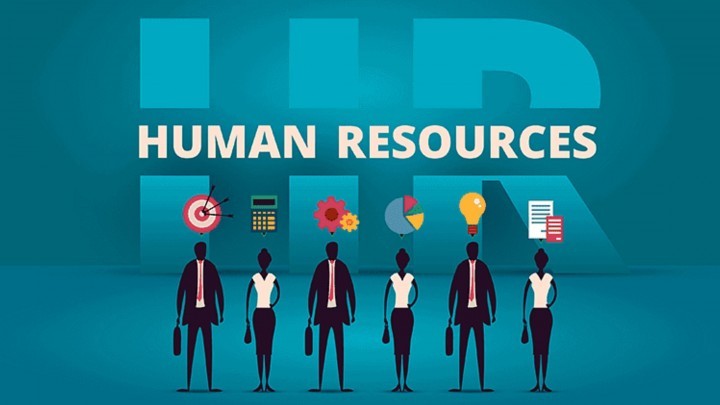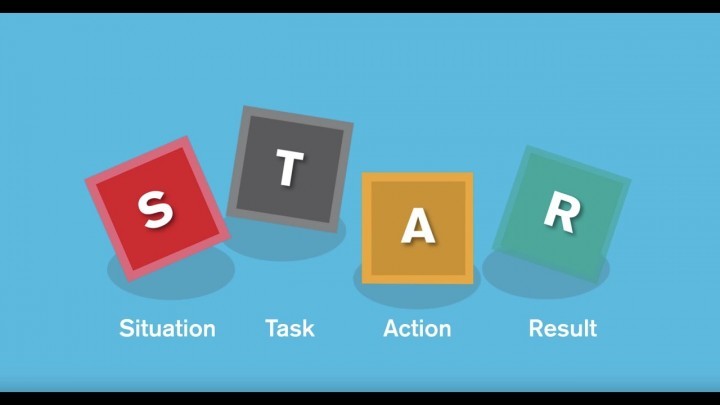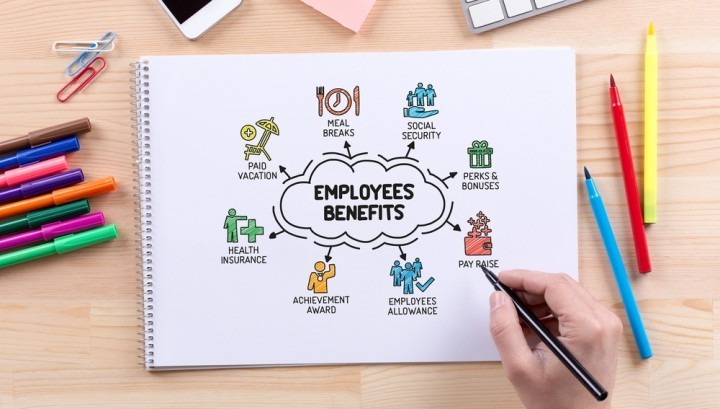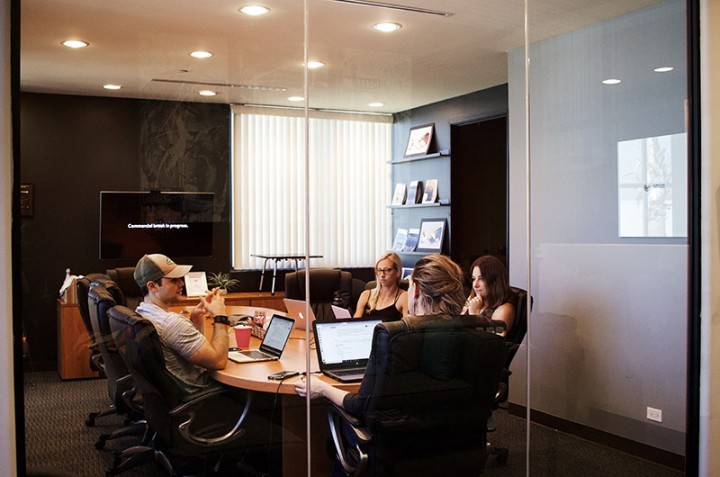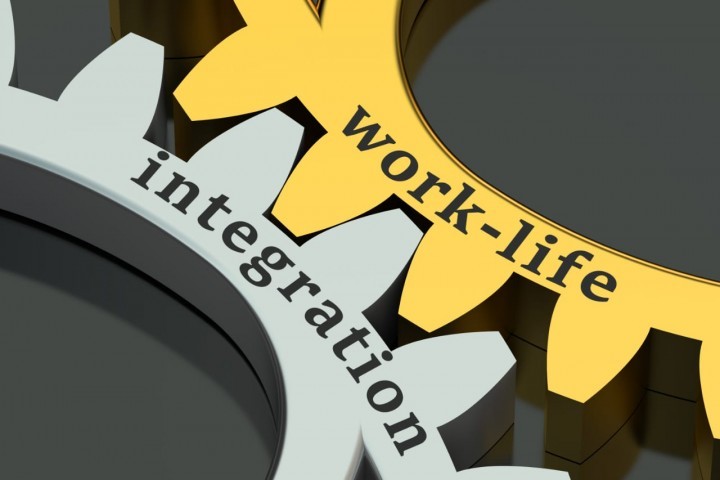
Everything you should know about Employee Burnout & how to deal it
Every organisations strive on a higher productivity rate of their employees. But obsessing over productivity to the extent that you neglect the people doing the work can be a big mistake. There comes the term ‘Employee Burnout’.
What is Employee burnout?
Employee burnout is that when your employees become exhausted in the workplace. It is a psychological process and occurs due to prolonged stress, frustration or excessive work hours.
Members of the modern workforce have been faced with hard-to-control challenges such as an unhealthy work/life balance, an unmanageable workload, and limited opportunities to relieve stress. Stressful jobs, lack of support and resources, and tight deadlines can all contribute to burnout. Other times, burnout has more to do with employees' expectations of themselves or their personal circumstances.
The impact of employee burnout reaches other team members, your business and your customers. Burned-out employees can be costly in terms of productivity as well as financially. The retention rate of burned-out employees is very low; they quit and costs much for a replacement and training.
There’s a common misconception that burnout manifests as a sudden mental breakdown. That it looks like an employee who is sleep deprived, tired, and in need of an extended vacation. But burnout is more deceptive than that. It is in fact a chronic problem that builds over a long period of time and has symptoms that extend beyond just exhaustion, including:
- Distrust
- Loss of concentration and productivity
- Sadness, anger, or irritability
- Insomnia
- Absenteeism
Signs of Burnout
According to the World Health Organization, signs of burnout at work include people feeling:
- depleted or exhausted
- mentally distant from their job or negative feelings or cynicism about their job
- reduced professional efficacy
Work burnout diminishes employees' desires to learn and grow. When employees are experiencing these signs of burnout, most of their energy and mental focus is on daily survival, not developing for the future.
How do you know if your office suffers from employee burnout?
If your employees are facing burnout at the workplace, they may do these things:
- Disengage or withdraw
- Appear demoralized, worried or stressed
- Perpetuate a negative workplace culture
- Take frequent absences
- Become sick often
- Leave your company for another opportunity
Tackling employee burnout
Employee burnout is not inevitable, but you can reduce burnout in your organization. For that, you should know how to tackle it. Below is a list of how you can prevent burnout and tackle it.
The most immediate way to reduce employee burnout at your organization is for managers and employees to discuss which factors are most relevant to them.
However, managers can't do it all on their own.
Various sources and situations; leaders, managers, teams, workspaces, systems and structures; cause burnout and affect it in different ways. Consequently, organizations must strategically focus on three areas when dealing with burnout at work.
· Open up a discussion
When you notice that your employees not being their usual selves, something might be wrong with them like a sudden change of attitude or performance. If they are suddenly going through such phases, they might be facing burnout. In order to solve this issue, you need to sit with them and discuss it out.
Discuss what is bothering them and try to dig into the issues that they are facing. Once they open up with you, you should assist them in solving the problem in every manner you can. By doing so, you can notice a decrease in burnout rates in your organization, and your employees will be less bothered by problems.
Look out for visible signs of stress. Make it a regular practice to approach employees and ask them how they’re doing.
· Recognize their hard work
Recognizing hard work with positive reinforcement may seem that you’re pointing out the obvious, but it can significantly help employees to know what they are specifically doing well at. Plus, in turn, they’ll know how to keep on the right track.
Introduce an inclusive recognition program within your organization. That is, a structured method of recognizing high-performing employees in a way that ensures everyone, regardless of their role, team, seniority, or background—has the opportunity to be considered. This will ease up the pressure they took from the previous project, eventually decreasing the burnout levels. And it also helps them to start fresh in their new project.
· Be compassionate to them
Compassion recognizes that every employee is a component in the success of an organization – there’s an opportunity to learn from others, regardless of their role or authority. It’s also compassionate to influence others without being authoritative, finding ways to encourage and guide employees positively.
· Set purpose
Employees are significantly less likely to be burned out when they can connect their work to their company's mission or purpose in a way that makes their job feel important. The most effective managers cultivate a sense of purpose among employees by clarifying the organization's mission and helping employees discover how their role and daily tasks contribute to fulfilling that mission.
· Encourage work-life balance
Incorporate more flexible scheduling if your business allows for it. You could also give people periodic wellness days, or even a few hours off here and there; so they can recharge or attend to personal matters.
· Encourage Effective Breaks
Implement some innovative ways to make break times more effective like some yoga or meditation practice, or even some dance or music will work. Employers should encourage employees to set time aside to participate in activities that reduce burnout in the workday, or better still, offer your employees free resources that aid the effectiveness of these breaks.
· Provide support
Support systems can provide your employees with a method to deal with difficult times at work. Encourage a supportive team by being open and honest about your own work hurdles.
· Flexible workplace
A flexible workplace can help your team to improve satisfaction and productivity. Having the option to work from multiple locations can reduce stress, boost morale, and promote a greater work-life balance.
When working with employees who are suffering or at risk of burnout, it is important to focus on positivity. Encourage employees to speak out, make sure their work is validated and they are aware of what they are doing right. Compassionate leadership could make your team feel equal and respected, while wellness initiatives can encourage them to be a better themselves physically, emotionally, and mentally. Finally, providing flexible working conditions can help them to create a work environment that’s best for them.
It’s time to change our thoughts on burnout. Be proactive to this widespread phenomenon, and move toward a model where an organization shapes its culture, processes, and policies with the employee’s wellbeing top of mind.
HRavailable keeps you updated on the latest news in the job market.
Get notified about the latest job openings through HRavailable and never miss a chance to get noticed by the recruiters.





